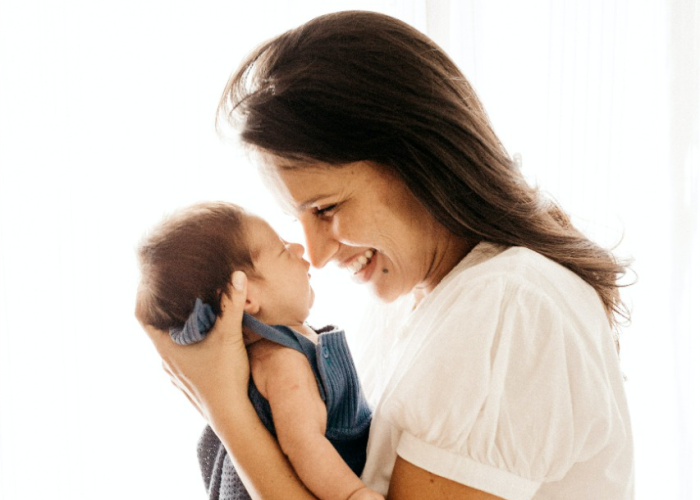You fantasized about holding your baby for the first time throughout your pregnancy. And now the time has come when your baby has arrived, you might be wondering how to hold them in a way that is both safe and secure. You are overwhelmed with the emotions and thoughts of holding them for the first time when the nurse hands them over to you. Your whole body, especially your hands, may start shaking, and tears of excitement might flow down your cheeks. However, like any other new parent, you may be unsure about how to hold a newborn properly.
Feelings of terror out of protectiveness are very common for all of you new parents while you are holding your babies in their arms. You might doubt and question yourself, “What if they accidentally slide out of my hands?” or “What if I harm them in an attempt to hold them up? Despite these obvious concerns, you should be gentle and calm while holding your baby.
Many people believe that holding a newborn is a pleasurable experience that they could do for hours. While this is correct, there are other approaches. There are moments when you need to be performing multiple tasks at once. You’ll need a variety of alternatives to deal with various scenarios. To guarantee that your infant cradles correctly, learn safe ways to hold a newborn that you can also teach others.
Firstly, prep up for holding your baby by:
- Wash your hands nicely with mild soap and warm water to reduce the chance of the spread of any kind of infection. Also, you can a keep a sanitizer handy as the need might arise.
- Make yourself comfortable enough and boost up your confidence level. Yes! Go Ahead! You can do it.
- Offer proper support to the delicate organs(neck, head, arms, etc.)of your newborn.
Different Positions To Hold Your Baby

The Cradle Hold
- The Cradle Hold – For the first few weeks of life, the cradle hold is one of the easiest and best methods to hold your newborn. What you have to do is just slide your hand from their bottom up to support their neck while your baby is horizontal at your chest level. Nudge the baby’s head into the angle of your elbow with a slight push. Move your hand from the supporting arm to their bottom while still holding their head.
- The Shoulder Hold – Another one for a baby’s natural holds is the shoulder hold. Lean your infant against a shoulder and wrap his bottom with the arm of the same side. Use the other arm to support his neck and/or hold against his back. In this position, babies also sleep well. They’ll also be able to hear your heartbeat and breathe.
- The Belly Hold – For gassy babies, the belly hold is a fantastic position. Over one of your forearms, place the baby’s chest. To keep the baby safe, place your other arm around his back. For a more firm grasp, alternate placing the supporting hand between the baby’s knees. You can also bounce their legs a little to help relieve gas. Place your infant on one of your forearms, tummy down, and head up over the elbow.
Some Other Recommended Positions To Hold Your Baby

Holding your baby safely in one arm
- The Hip Hold – The hip hold is a wonderful one-armed technique for holding your baby once they have good head and neck control. Wrap the same side arm over the baby’s waist and place the baby in some other positions on one of your hip bones facing outward. This provides you with a free hand while also allowing your kid to gaze around. You can even do this while wearing your kid in a backpack or other bassinet.
- The Lap Hold – Place your infant in your lap and sit in a chair with your feet firmly on the ground. Their head should be facing up at your knees. Lift their head with both hands and your forearms beneath their body for support. The feet of your baby should be tucked down towards your waist.
Conclusion
Most people who aren’t used to this concept of “how to hold your baby” may require careful instructions in order to do it carefully. You will surely settle down as time goes by. Most importantly, whenever you are holding your baby, pay attention to their gestures, cues and emotions. Try moving them to a different and more comfortable position to see if it makes them feel better or if they are fussy or crying. Yes, you have to apply that kind of hit and trial here. You might also try a steady and soft rocking motion. A baby’s head should always be turned out to allow breathing, It is one of the most important things which everyone should always keep in mind.






